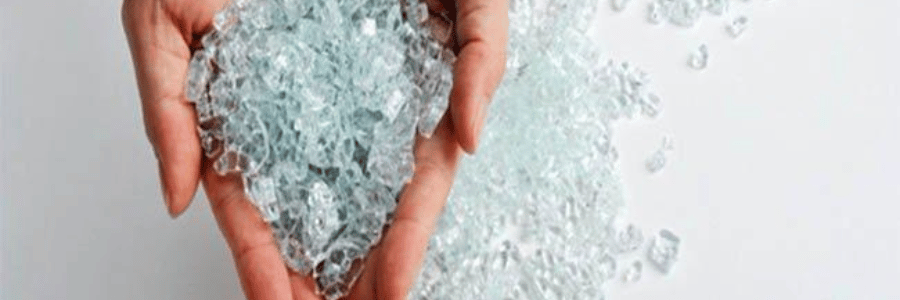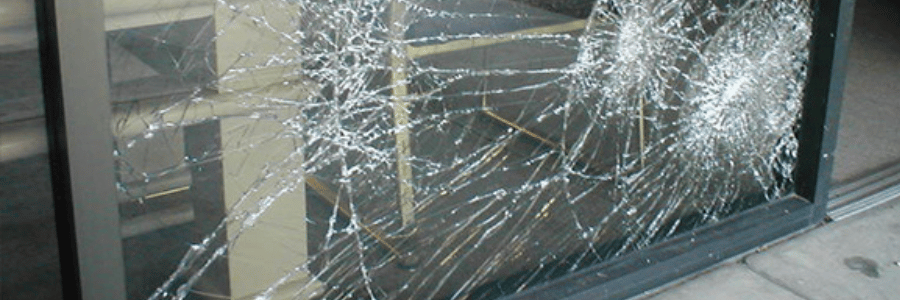When it comes to choosing the right glass for your windows, safety, aesthetics, and functionality are all key considerations. Two popular options in the market are tempered and laminated glass, each offering distinct advantages. In this post, we’ll explore the differences between these two types of glass to help you decide which is the best fit for your needs.
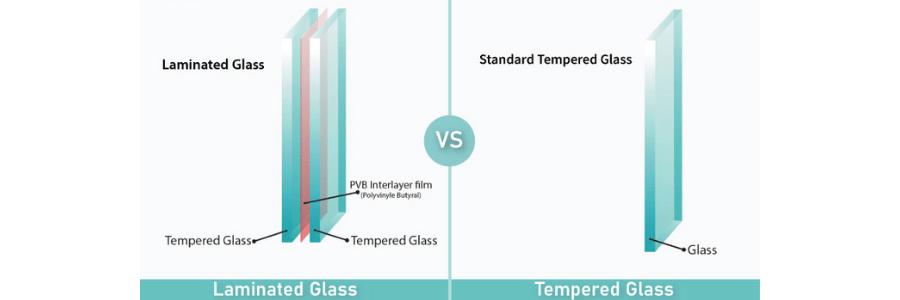
Understanding Tempered Glass
What is Tempered Glass?
Tempered glass, often referred to as toughened glass, is manufactured through a meticulous process that involves heating the glass to an extremely high temperature and then cooling it rapidly. This thermal treatment transforms the glass, increasing its strength and ability to withstand high levels of stress. As a result, tempered glass is often used in various applications, from residential windows to commercial facades, where safety and durability are paramount. Unlike ordinary glass, which can break into sharp, dangerous shards, tempered glass shatters into small, rounded pieces that pose a significantly reduced risk of injury.
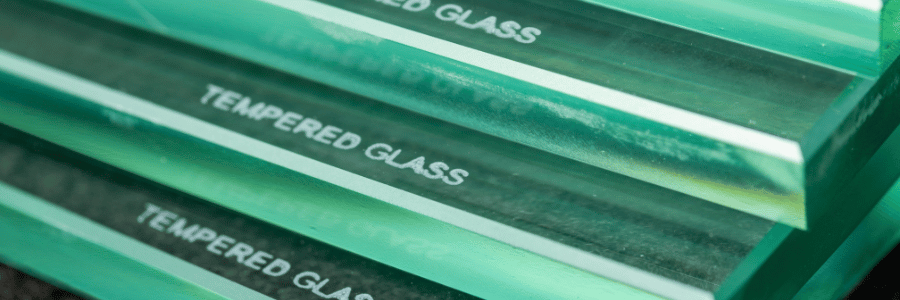
Benefits of Tempered Glass:
- Strength: One of the standout features of tempered glass is its impressive strength. It is five to six times stronger than untreated glass of the same thickness, making it an ideal choice for windows in high-impact areas, such as near swimming pools or in doorways.
- Safety: The inherent safety features of tempered glass cannot be overstated. In environments where accidents may occur—such as homes with children or pets—this type of glass provides peace of mind. Its tendency to break into small, less hazardous pieces minimizes the potential for cuts and injuries.
- Versatility: Tempered glass is incredibly versatile. It can be used for various applications, including shower enclosures, glass doors, storefronts, and more. Its ability to withstand temperature fluctuations and physical impact makes it suitable for both residential and commercial environments.
Ideal Applications:
If you live in an area prone to extreme weather conditions, such as hurricanes or heavy winds, or require glass for a busy space with a lot of foot traffic, tempered glass could be the ideal choice. Additionally, it is commonly used in high-rise buildings and areas where building codes require impact-resistant glass, ensuring that safety standards are met while maintaining aesthetic appeal.

Exploring Laminated Glass
What is Laminated Glass?
Laminated glass consists of two or more layers of glass that are bonded together with a plastic interlayer, typically made of polyvinyl butyral (PVB). This unique construction allows the glass to maintain its integrity even when shattered. Instead of breaking into dangerous shards, laminated glass holds together, which not only enhances safety but also provides additional benefits such as sound insulation and UV protection. The interlayer can also be tinted or made in various colors, allowing for customization in design.
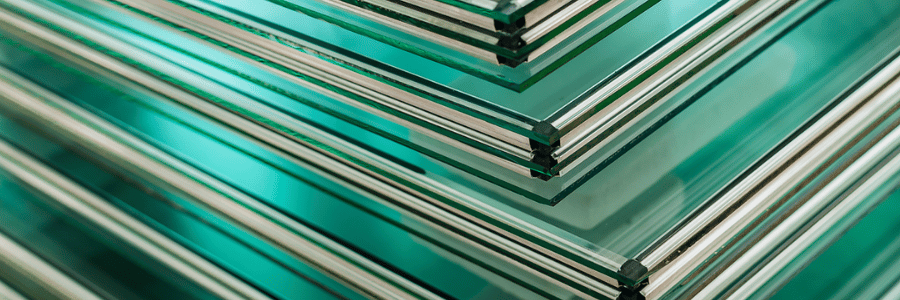
Benefits of Laminated Glass:
- Shatter Resistance: One of the primary advantages of laminated glass is its shatter resistance. In the event of a breakage, the glass layers remain adhered to the interlayer, preventing dangerous shards from flying and minimizing the risk of injury. This feature is particularly valuable in high-traffic areas or buildings where safety is a top priority, such as schools or hospitals.
- Sound Insulation: Another significant benefit of laminated glass is its sound-dampening properties. The interlayer effectively absorbs sound waves, making it an excellent choice for noise-sensitive environments, such as homes near highways, airports, or busy urban areas. With laminated glass, you can enjoy a quieter indoor space, enhancing overall comfort.
- UV Protection: Laminated glass also provides excellent UV protection. The interlayer blocks harmful ultraviolet rays, which can cause fading and damage to furniture, flooring, and artwork. By installing laminated glass windows, you can protect your interior spaces from UV exposure while improving energy efficiency.
Ideal Applications:
Laminated glass is particularly beneficial for windows in homes located in noisy areas, such as near highways or busy streets. Its shatter-resistant properties also make it suitable for residential buildings, schools, and commercial properties, providing enhanced security against break-ins. Additionally, it is often used in skylights, glass doors, and storefronts to provide safety and aesthetic appeal.

Which Option is Right for You?
When deciding between tempered and laminated glass, consider the following factors:
- Safety Needs: If safety is your primary concern, both tempered and laminated glass provide excellent options. However, laminated glass offers additional protection by holding together upon impact, making it a safer choice for homes with children or pets.
- Environmental Conditions: For homes in areas prone to high wind, hail, or severe weather, tempered glass may provide the necessary strength to withstand impacts. If your location experiences frequent storms, tempered glass can be a more durable option.
- Noise Control: If you live in a noisy environment or are particularly sensitive to sound, laminated glass’s sound-dampening properties make it the superior choice. The interlayer helps minimize noise from outside, allowing for a more peaceful living space.
- Aesthetics: Both types of glass can be aesthetically pleasing and come in various designs and finishes. However, laminated glass offers additional design options with different interlayer colors and patterns, allowing for more customization in your window design.
- Budget Considerations: While prices can vary based on size, specifications, and other factors, laminated glass is often more expensive than tempered glass due to its manufacturing process and added benefits. Consider your budget when making your decision.
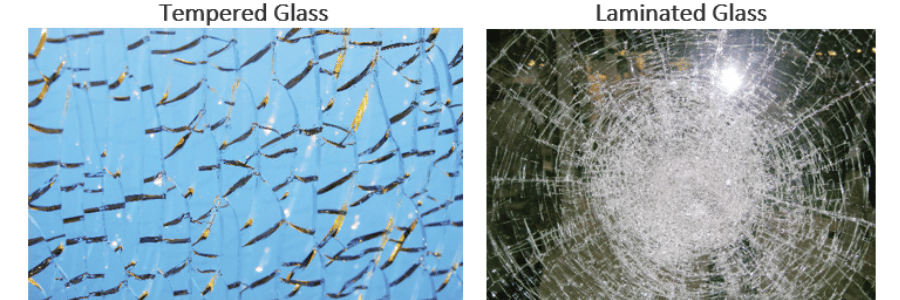
Conclusion
Ultimately, the choice between tempered and laminated glass depends on your specific needs and circumstances. By considering factors like safety, environmental conditions, noise control, aesthetics, and budget, you can make an informed decision that best suits your home.
Whether you prioritize the strength and shattering safety of tempered glass or the sound insulation and UV protection of laminated glass, both options can enhance your windows’ performance and aesthetics. Investing in the right glass type is an essential step in creating a safe, comfortable, and beautiful living environment. Choose wisely, and enjoy the benefits of modern glass technology in your home!

